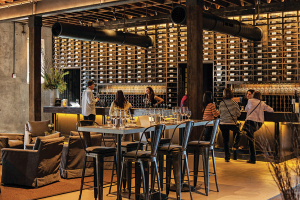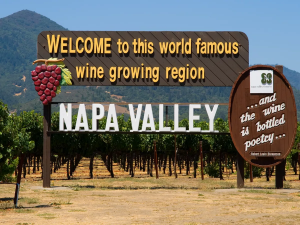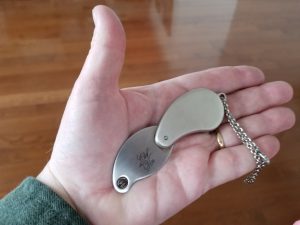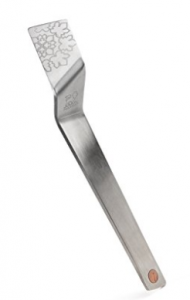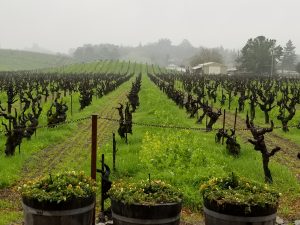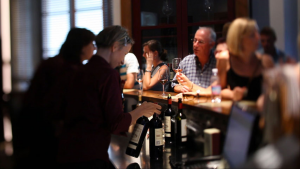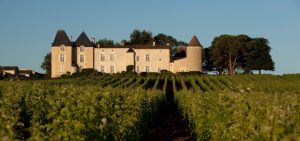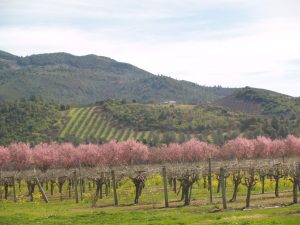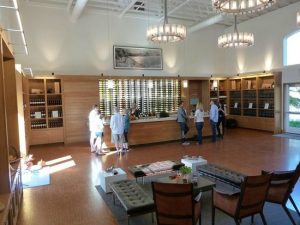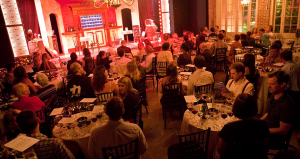Part of Power Tasting’s manifesto, as we say on our Welcome page, states: “We want to empower the visitor to get the maximum advantage out of each visit, not to be intimidated by wine snobs on either side of the bar”. In most wineries, the servers are friendly and in be best of cases, educational. Some are wine snobs, but fortunately, they are rare.
Photo courtesy of touringandtasting.com
However, the other people tasting wine with you are much more of a mixed bag. The majority are just folks out for a pleasant day, going about their own business. However, there are certain types we have encountered who offer both challenges and opportunities. As a general statement, we see more of them while we are tasting in Napa Valley, because there are so many wineries and it is so well known. Here we offer some tips on how to deal with the various sorts that you might meet in your wine tasting travels.
- The Party-ers: If you are in Napa Valley on a weekend, especially at wineries that offer a food menu and tables, you are then likely to run into a loud group who would rather drink than taste. If they are not your kind of crowd, maybe you ought to skip tasting on weekends. But if Saturday and Sunday are your only chance to go, try to get away from them. The servers are alert to this type and try to isolate them, but it’s hard to avoid them. So if they are inside, take your glass to the terrace. If you can’t get away completely, try to find a quiet corner.
- Bachelorette Parties: A special case of the party-ers is a group of young women who pull up in a limo, previously over-served, celebrating one of their group’s impending nuptials. (Of course that sounds sexist, but we’ve never seen a bachelor party doing the same thing. At bars, for sure, but not wineries.) Our best advice is to give up and go somewhere else, but if that’s not practical then by all means have nothing to do with this group. They can only detract from your experience and you can’t add to theirs.
- People You Saw Earlier: It is inevitable that you’ll run into some the same people as you go from winery to winery. After all, they’re doing what you’re doing, in the same part of the world. And since they’re going to the same tasting rooms as you are, they are likely to have similar tastes. It might be interesting to recognize them, ask for recommendations of other wineries you might enjoy and give them some in return.
- The Dreaded Wine Snobs: Some people like to share information; others want to lecture. In a tasting room, a little alcohol loosens the latter sort’s inhibitions as well as their tongues. The moment you hear something like, “This is good but the tannins don’t measure up to the 1996”, find a reason to do something more important, like examining the t-shirts and coasters. If you engage these people in conversation, you’ll be stuck for a half an hour listening to someone, no matter how knowledgeable he or she might be, who is more interested in an audience than a conversation.
Wine drinking and tasting are by nature social experiences and for the most part, the people you’ll run into in wineries will be convivial and in some instances informative. A little conversation can be interesting; too much can spoil your wine tasting experience.
